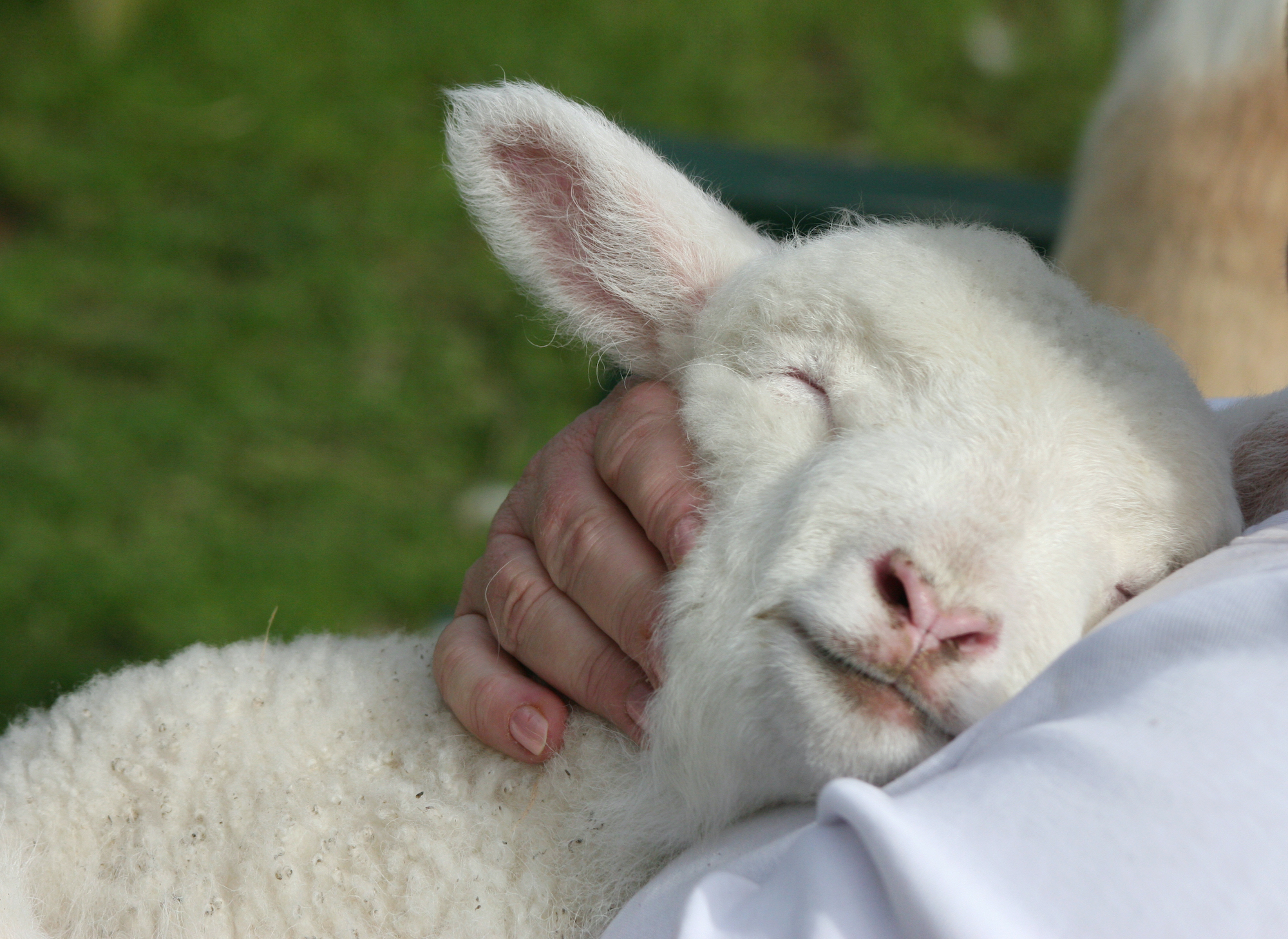Source: News.com.au
A coalition of environment groups has taken out a full page ad in The Australian. A flotilla of over 200 boats sailed up the Derwent River in protest. A 35,000 signature petition opposing the trawler has been presented to Parliament, and in a recent reader poll in the Adelaide Advertiser, 92 per cent of respondents were opposed to the ship being allowed to fish in Australian waters. Independent MP Andrew Wilkie has referred to issue to the Commonwealth Ombudsman.
The opposition is not surprising. It’s hard to believe the huge nets of the factory ship won’t trap large quantities of by-catch, unwanted species which usually die before they are released. The trawler could locally deplete the fish population, reducing the food available to southern bluefin tuna, dophins and seals in certain locations.
But is all the oppostion based on concern for fish populations? The super trawler is Dutch owned and the fish caught will be exported to West Africa, mostly for human consumption. Would there be less opposition if our very own super trawler were involved? You have to wonder when there are examples of wasteful fishing practices in Australia that don’t arouse this level of opposition.
Tuna farming is one such practice. It is not surprising that Brian Jeffries, chief executive of the Southern Bluefin Tuna Association, is all in favour of the Margiris. He hopes it will eventually help to feed the voracious feedlot tuna industry, which is a net consumer of fish.
According to SA scientists, it takes 10-17 kg of baitfish to produce 1kg of tuna in the feedlot pens at Port Lincoln. Around 60,000 tonnes of baitfish are fed to the tuna each year, of which 40,000 tonnes are sardines caught along Australia’s southern coast. This catch is much larger than the quota granted to the Margiris, its value as human food is reduced 10-17 times by being fed to tuna, and the product is exported to Japan. Why is there no similar outcry to that against the Margiris?
If it turns out that penguin colonies around southern Australia are declining due to starvation, then perhaps this large sardine catch will have something to do with it.
While tuna farming is by far the worst example, it is not the only aquaculture industry that is a net consumer of fish. This is a fact that is generally ignored. Aquaculture appears in the public mind almost like a modern version of the loaves and fishes – fish are miraculously produced with minimal input.
A recent article on ethical eating in the ‘Body and Soul’ liftout of Adelaide’s Sunday Mail advised consumers to eat Tasmanian salmon (farmed) instead of flake. It’s certainly good advice to avoid the shark meat sold as flake. There are 64 species of shark listed as endangered on the red list of the International Union for the Conservation of Nature (IUCN). The gill nets used in the South Australian shark fishery have been shown by local scientists to entrap seals, including the Australian sea lions from Kangaroo Island, whose numbers are still low. As a result, some limitations have been placed on this fishery to protect the sea lions.
However, Tasmanian salmon are hardly a low eco-footprint alternative. They too are carnivorous and are fed specially formulated pellets. Over the years, a larger percentage of plant material has been incorporated into the pellets, but fish meal and fish oil also have to be included.
Around one third of the world’s fish catch is ‘rendered’. Rendering means that small fish are boiled in an energy intensive process to produce fish meal and fish oil, which is increasingly used by the aquaculture industry. It takes 4.5 kg of fresh fish to produce 1 kg of meal, and 20 kg of fresh fish to produce 1 kg of fish oil.
There is a ratio used to express efficiency of various aquaculture industries called the FIFO ratio: fish in : fish out. In the case of farmed salmon the ratio is 4.9, according to an article in the journal Aquaculture. What this means is that 4.9 kg of fresh fish, rendered into meal and oil, goes into producing each 1 kg of salmon. Efficiency may continue to increase slightly, but the salmon industry will remain a net consumer of fish. There are no loaves and fishes.
It’s quite reasonable to be concerned about the effect of a super trawler on fish populations, but it’s short-sighted to overlook the huge consumption of wild caught fish by aquaculture industries just because they are local rather than foreign owned and they produce a luxury product.



